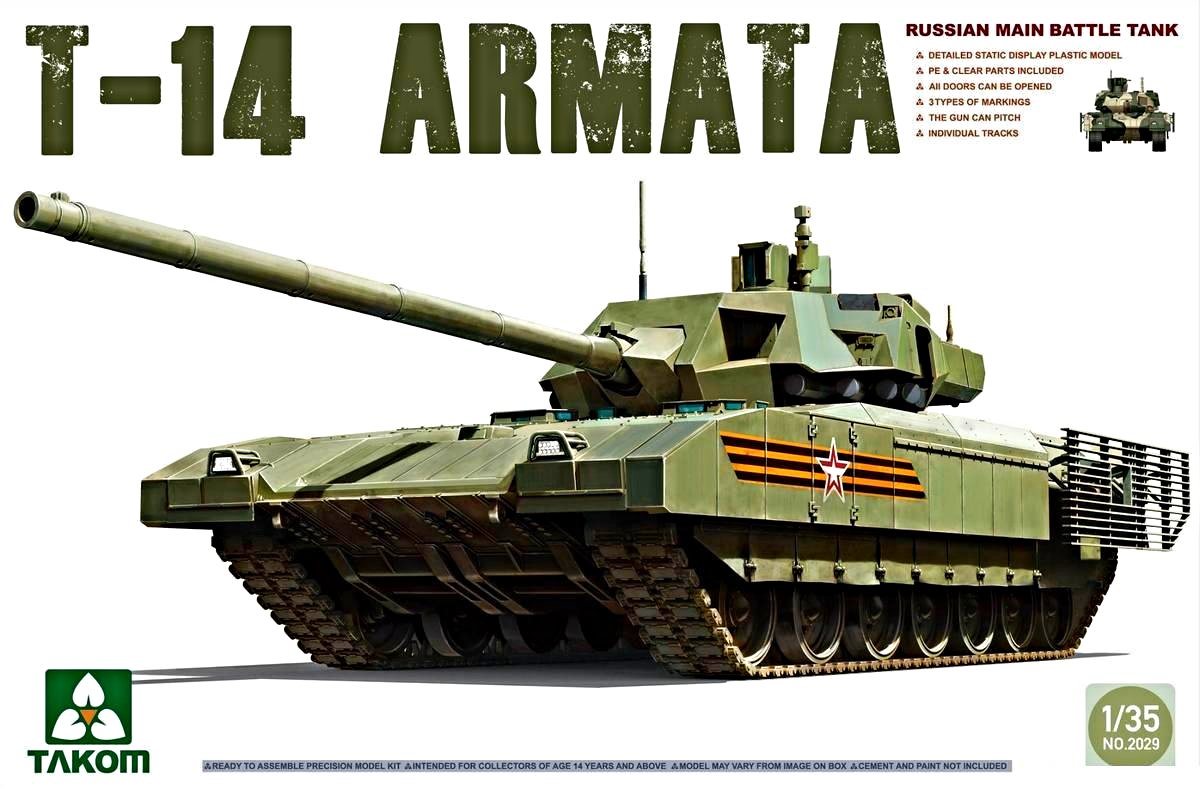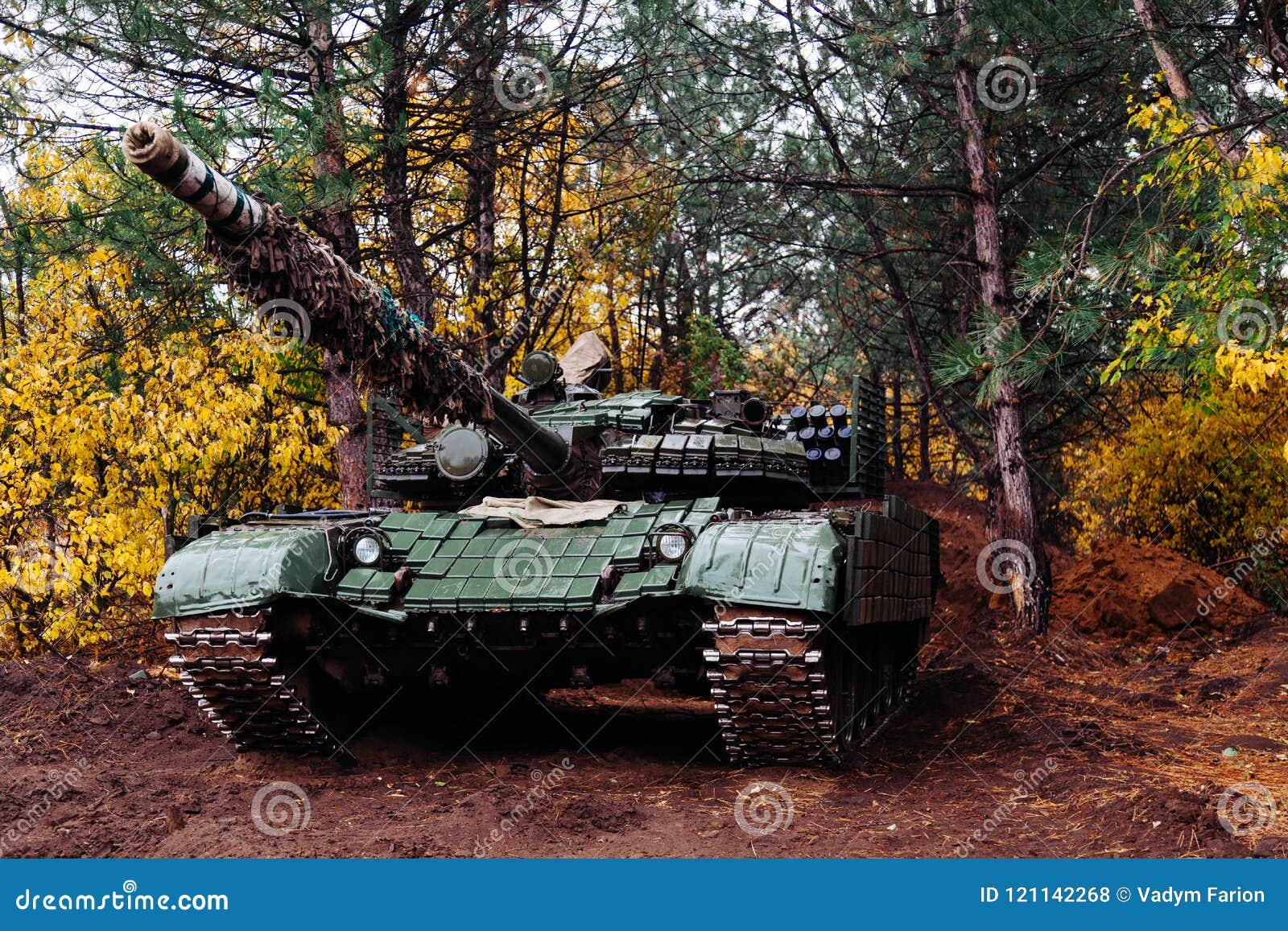


Peacetime “ demonstrations,” by contrast, are rehearsed events intended to showcase equipment and firepower for an audience. The best exercises pit military units against live opposition forces, or OPFOR, who are trained to make life as difficult as possible for the exercising unit-sweat hard in peace, bleed less in war. Were the Russians fooling the West or themselves into believing they could effectively fight a complex modern war? In all likelihood they were doing double duty, fooling everyone except, perhaps, the Ukrainians.Ī quick clarification of terms is necessary: An “exercise” is generally an event that puts military forces in a simulated field environment where they test out their skills, practice techniques, and learn to adapt to uncertain circumstances. Most recently, top experts on the Russian military from the Swedish Defense Research Agency (FOI), noted that Russia’s thus-far abysmal showing in the Ukraine war-and particularly the lack of effective, dynamic combined-arms warfare capability-stood in sharp contrast to the seemingly orchestral fire and movement on public display in what the Russian Federation calls military exercises. It wasn’t long into the Ukraine war that military analysts began using the apocryphal Potemkin Village analogy to describe Russia’s military: It consists of hollow forces that look good on parade but can’t fight well. Too often, the Russian military tried to script its exercises to assure higher-ups that all was well, and as a result it failed to learn to fight effectively when a real war occurred. Ben Connable of the Atlantic Council argues that one important factor explaining Russia’s failures was the lack of realistic military exercises. Editor’s Note: Russia’s poor military performance in Ukraine came as a surprise to me and to many observers.


 0 kommentar(er)
0 kommentar(er)
